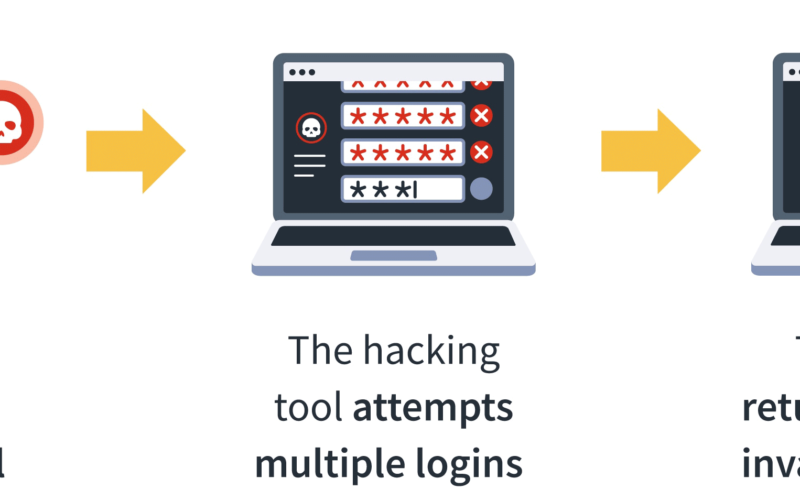In recent years, malvertising has become a significant threat to internet users, as cybercriminals use advertisements to spread malware to unsuspecting victims. Malvertising is a new form of cyber attack in which an attacker plants malicious code inside an advertisement, often on a legitimate website, with the intention of infecting visitors’ devices. The unsuspecting victim clicks on the ad or is redirected to a page containing malicious code, which then installs malware on their device.
The rapid rise in malvertising can be attributed to its effectiveness as an attack vector. Malvertising campaigns are often well-targeted and sophisticated, posing a serious threat to both individuals and organizations. According to a recent report, malvertising was responsible for 30% of all malware infections in the first half of 2020.
To protect yourself from malvertising, it is essential to take preventive measures to reduce your risk of exposure. Here are some of the most effective ways to protect yourself from malvertising:
1. Update your software regularly: Ensure that all your device software, especially your web browser, is up-to-date. Software updates often contain security patches that help protect you from malware.
2. Use an ad-blocker: An ad-blocker can prevent many malicious ads from being loaded on your device, thereby minimizing your exposure to malvertising. Ad-blockers can also help reduce the time taken to load web pages.
3. Be cautious when visiting untrusted sites: Avoid visiting untrusted websites, especially those that offer free downloads or adult content. These sites are popular targets for malvertising campaigns.
4. Don’t click on suspicious ads: Some ads can look legitimate, but they might still be malicious. Avoid clicking on ads that look suspicious or that promise unusual rewards or content.
5. Use a reputable anti-malware solution: Anti-malware software can help detect and remove malware that might infect your device.
TL;DR
Malvertising is on the rise, and everyone is at risk. To protect yourself from becoming a victim of malvertising, it is essential to take precautionary measures such as updating your software regularly, using an ad-blocker, being cautious when visiting untrusted sites, avoiding suspicious ads, and using reputable anti-malware software. By taking these simple steps, you can reduce your risk of malware infections and enjoy a safer online experience.



